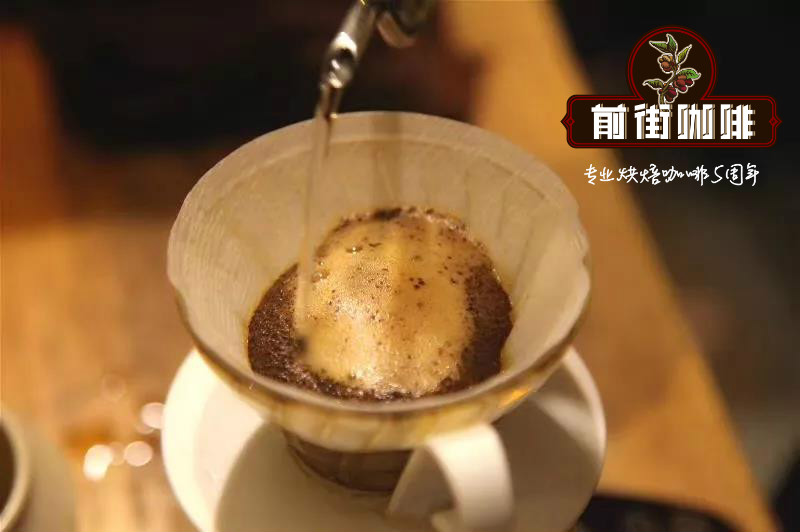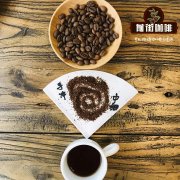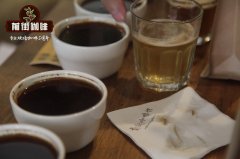What are the flavor characteristics of Varic Manor in Bolivia?

Bolivia is one of the poorest countries in Latin America, a landlocked country bordering Brazil and Colombia. Although it is a country with great potential for coffee exports, its production has been quite scarce and the conditions for growing coffee are excellent, but the challenges are also extremely daunting, resulting in an extraordinarily rich agricultural history built on a very difficult land. Bolivia's coffee production is dominated by a smallholder production system, with 23000 small farms ranging in size from 2 to 9 hectares. In particular, about 40% of Bolivia's coffee culture is mainly sold domestically. And almost all plantations in Bolivia are grown organically. Coffee production in Bolivia dates back to the 1880s. At first, large landowners were the only producers of coffee, but that changed in 1991. Coffee production in Bolivia has been small and exports have continued to decline over the past decade. For example, in 2010, the country exported about 70000 bags of coffee, compared with 22000 in 2017. Waliki is a small estate with an area of only 6 hectares, which is located in Caranavi, the main coffee producing area of Bolivia, at an altitude of more than 1600 meters, with a cold climate and a relatively long coffee growing cycle. After the coffee was harvested, the coffee cherry was sent to the lunar processing plant for processing. As the name suggests, long beans have long fruits and seeds, brass buds, high plants but low yields. Because of its outstanding flavor, it has stronger resistance to leaf rust and coffee fruit disease, so it is very suitable for small farmers. After sun treatment, the harvested coffee fruit is poured into a large trough, and the ripe and full fruit will sink to the bottom of the water and remove the floating beans. Put the whole coffee fruit with meat and seeds on an elevated bed to bask in the sun, turn irregularly and naturally dry to about 12% of the water content, which takes about two to four weeks. Finally, the peeling machine is used to remove the hard peel, pulp and sheep skin, and the raw beans appear. Glass test: dry aroma with hazelnut aromas, the mouth is first creamy, hazelnut, almond sweet and sour notes of citrus, tropical fruits, with fermented wine aromas.
Important Notice :
前街咖啡 FrontStreet Coffee has moved to new addredd:
FrontStreet Coffee Address: 315,Donghua East Road,GuangZhou
Tel:020 38364473
- Prev

What is Project tomorrow Sun? What are the flavor characteristics?
Liwei's "tomorrow plan", that is, the plan to comprehensively upgrade Bolivian coffee, requires a lot of money and effort to guide small coffee, which includes various important technologies such as technical support, breeding, pruning, harvesting, and so on, and collect small coffee at a high price, so that the income of farmers is the same as that of coffee products and enter a good market. The most famous producing area of Bolivian is Ca.
- Next

Ethiopian coffee bean native species of coffee bean producing area description of taste and flavor
Ethiopia has nine major coffee producing areas:, Sidamo, Yegashefi, Hara, Gemma, Lim, Iruba, Gimbi (Lekanti), Tibby, and Bebeca. Among the nine major coffee producing areas in Ethiopia, the most famous are Yegashifi, Sidamo and Harald, the largest coffee producing areas.
Related
- Detailed explanation of Jadeite planting Land in Panamanian Jadeite Manor introduction to the grading system of Jadeite competitive bidding, Red bid, Green bid and Rose Summer
- Story of Coffee planting in Brenka region of Costa Rica Stonehenge Manor anaerobic heavy honey treatment of flavor mouth
- What's on the barrel of Blue Mountain Coffee beans?
- Can American coffee also pull flowers? How to use hot American style to pull out a good-looking pattern?
- Can you make a cold extract with coffee beans? What is the right proportion for cold-extracted coffee formula?
- Indonesian PWN Gold Mandrine Coffee Origin Features Flavor How to Chong? Mandolin coffee is American.
- A brief introduction to the flavor characteristics of Brazilian yellow bourbon coffee beans
- What is the effect of different water quality on the flavor of cold-extracted coffee? What kind of water is best for brewing coffee?
- Why do you think of Rose Summer whenever you mention Panamanian coffee?
- Introduction to the characteristics of authentic blue mountain coffee bean producing areas? What is the CIB Coffee Authority in Jamaica?

